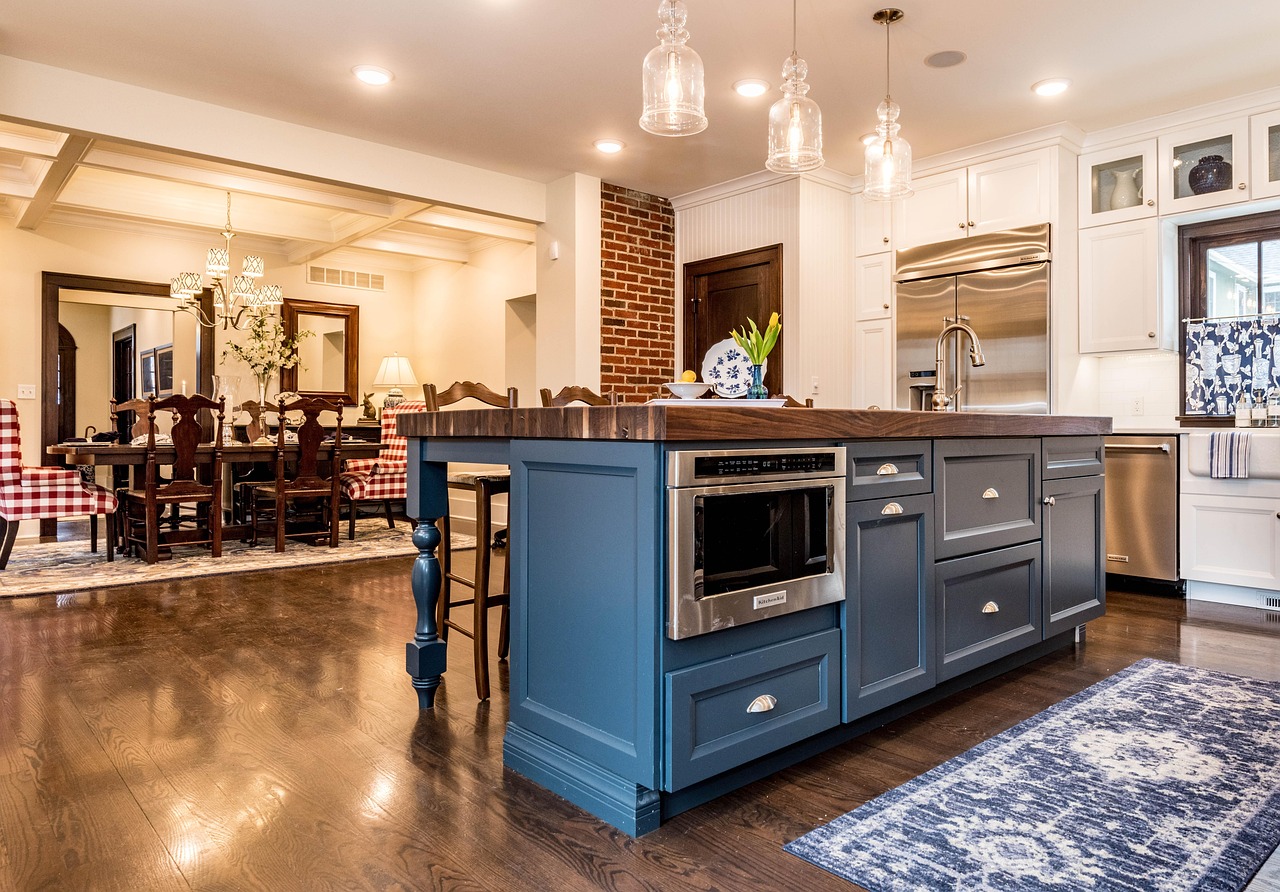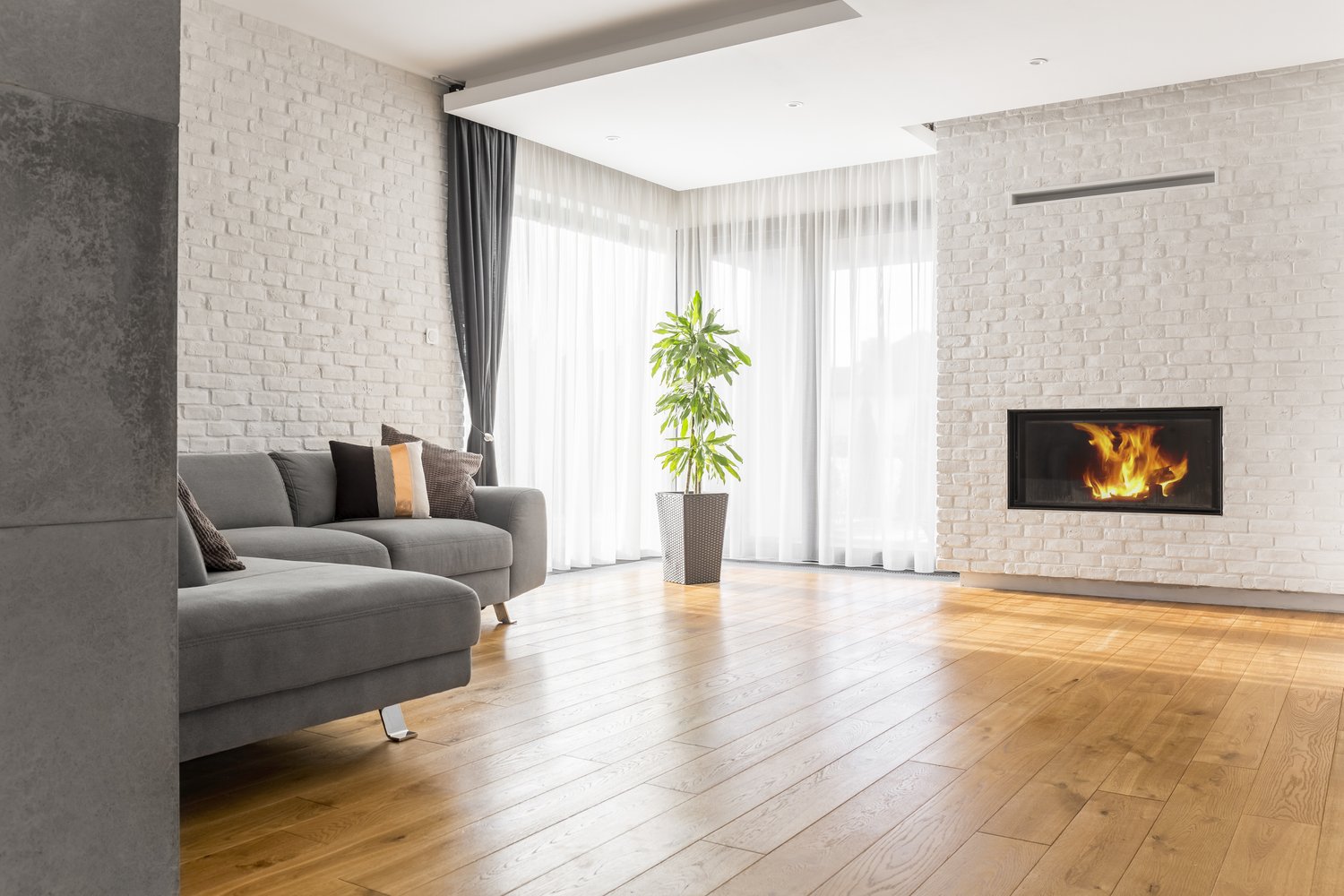Kitchen islands have evolved from simple workspace additions to multifunctional focal points that enhance both utility and aesthetics in modern homes. When designed thoughtfully, an island can transform how you cook, entertain, and utilize your kitchen space. This guide explores various island types focused on preparation, seating, and storage, along with crucial sizing considerations and popular design elements like the elegant waterfall countertop. Whether you’re renovating or building from scratch, the right kitchen island can dramatically improve your home’s functionality and value.
Understanding Kitchen Island Types
The first step in planning your perfect kitchen island is determining its primary function. Prep-focused islands typically feature spacious countertops with durable surfaces that resist stains, scratches, and heat. These islands often incorporate conveniences like prep sinks, built-in cutting boards, and accessible knife storage. For serious home chefs, consider including space for specialty appliances such as warming drawers or sous vide stations.
Storage-centric islands maximize organizational potential with customized cabinetry, shelving, and drawers. When exploring kitchen island design ideas, consider incorporating specialized storage solutions like spice racks, cookbook shelves, wine racks, or even appliance garages to keep countertops clutter-free. Some homeowners opt for a combination of open shelving and closed cabinetry to balance display opportunities with concealed storage.
Islands with seating have become increasingly popular as kitchens evolve into social hubs. Effective island with seating plans consider both the number of seats needed and the clearance required for comfortable movement. Typically, you’ll need 24 inches of width per person and a countertop overhang of 12-15 inches for knee space. For more casual, counter-height seating, 36-inch-tall islands work well, while traditional table-height seating requires a 30-inch island section with appropriate chairs.
How to Choose Kitchen Island Size
Determining the appropriate island dimensions is critical for both functionality and flow. Experts at AskHomey recommend maintaining at least 42 inches of clearance around all sides of your island to allow for easy movement and the safe opening of appliances and cabinets. For kitchens with multiple cooks, 48 inches or more is preferable.
When planning how to choose kitchen island size, consider your kitchen’s overall dimensions. A common guideline suggests that your island should occupy no more than 10% of your total kitchen space. For small kitchens, compact islands measuring 4 feet by 2 feet might be ideal, while larger kitchens can accommodate expansive islands reaching 8 feet or more in length.
The height of your island also warrants careful consideration. Standard countertop height (36 inches) works well for food preparation, but if you’re incorporating different functions, you might want varied heights. For instance, a 30-inch section for baking or a 42-inch bar area might complement a standard-height prep zone.
Design Features That Enhance Functionality
Beyond basic dimensions, thoughtful design features can dramatically improve your island’s usefulness. Integrated appliances like microwave drawers, dishwashers, or wine refrigerators can make your kitchen workflow more efficient. Consider whether a prep sink or even a main sink with a garbage disposal would be beneficial based on your cooking habits.
Electrical planning is often overlooked but extremely important. Incorporate plenty of outlets for small appliances, charging devices, or laptop use if your island doubles as a workspace. Some contemporary designs include pop-up outlets that remain hidden when not in use, preserving your island’s clean lines.
Lighting deserves special attention as it affects both functionality and ambiance. Pendant lights suspended above the island provide task lighting while making a style statement. Choose fixtures that complement your overall design aesthetic but ensure they provide adequate illumination for all the activities your island will host.
Trending Style Elements
The waterfall countertop design has emerged as a defining aesthetic feature in contemporary kitchens. This elegant detail continues the countertop material down the sides of the island to the floor, creating a seamless, sophisticated look. Waterfall countertops work exceptionally well with luxurious materials like marble, quartz, or book-matched granite, adding dramatic visual interest to your kitchen.
Material combinations are another way to inject personality into your island design. Consider pairing a butcher block prep area with stone surfaces, or combining painted cabinetry with natural wood accents. These thoughtful mixtures can help your island serve as a transitional element that ties together different aspects of your kitchen’s overall design.
Color strategies can make your island a true focal point. Many designers recommend using contrasting colors for the island and perimeter cabinetry—perhaps a bold blue island against white perimeter cabinets, or a light natural wood island with darker surrounding cabinetry. This approach creates visual interest and helps define the space within open floor plans.
Making the Final Decision
When finalizing your kitchen island design, consider how your family actually uses the kitchen rather than simply following trends. The perfect island balances aesthetic appeal with genuine functionality that suits your specific lifestyle needs. Take time to research materials, measure carefully, and perhaps even create cardboard mockups to test traffic flow before committing to a design.
Remember that custom solutions often yield the best results for unique spaces or specific needs. From curved countertops that improve traffic flow to specialized storage for collectible cookware, tailoring your island to your exact requirements will ensure long-term satisfaction with this significant investment in your home.
For more tips and to connect with reliable home service professionals, follow AskHomey on Facebook and Instagram.



